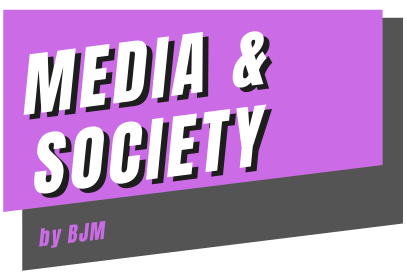
Technological convergence
Industrial convergence
Industrial convergence is very much linked to the principle of mergers and acquisitions. Looking at the media landscape one can see that a lot of the big players consolidate their efforts in order to take on the new challenges that come along with emerging new media paradigms as well new digital media players. While the era of large mergers seemed to have come to a halt, it still does happen occasionally which shows us that convergence never stops. It’s not only big companies joining forces, many times we can also witness how up and coming start-ups are being acquired by established players.
Most mergers and acquisitions can be divided into horizontal and vertical consolidations. Horizontal describes a take over or joining of forces of companies within a similar field (e.g. Disney acquiring 21st century Fox) while vertical focuses on take overs or mergers within different, yet related, areas that might compliment a company’s production cycle / value chain. (e.g. Apple would decide to acquire chip producer Intel).
Social convergence
Changes in the way users produce, distribute, access and re-use information, knowledge and entertainment potentially give rise to increased user autonomy, increased participation and increased diversity.
Textual Convergence
Textual convergence is very much concerned with how stories are being told. One of the most significant changes in how to approach storytelling in regards to media convergence might be the focus on Transmedia Storytelling. Here stories are being told across multiple platforms. This does not mean that it equals cross media posting though. In fact, it is very much the opposite. It rather focuses on how to tell different aspects of a bigger story by using several media channels while exploiting their feature specific strength to their full extend.
Political convergence
Black Box Fallacy
When looking at what has been discussed thus far, media ever converging, leading to new ‘super’ gadgets that include several features of previously individual gadgets (e.g. your smartphone that basically replaced a telephone, music player, camera, calendar, etc.) it is no surprise that, in theory, it has been thought that at one point we, humanity, will create a so called ‘black box’ that will be able to replace every single device we have been using up to its invention. If you are thinking ‘I can’t think of such a device’, think again. Most game consoles, be it the x-box or the playstation, offer you more options than just playing games, they try to take over your whole home entertainment. That’s a step towards the black box right there. However, when looking around an electronics store these days we seem to have even more choices of electronic gadgets than ever before.
This leads us to the black box fallacy. The idea of one single black box replacing all devices remains theoretical. If I want professional pictures, I will go for a high end DSLR camera, if I want great videos, I will go for an appropriate camera, if I want great sound recordings, I go for another gadget. While our smartphone, in theory, could master all those tasks, it doesn’t seem to be enough and high quality seems to be more important than just the potential of replacing several devices with just one.
One of the most cited scholars on media convergence by now might be Henry Jenkins whose book ‘convergence culture’ could be regarded as one of the most influential books on the topic. Many of the examples in this article are derived from Jenkins’ book but it is highly recommended to read the whole book, available here on he Georgetown University website as it has even more real life examples in it.

Nice and very clear explanation! It will be great if I found this before the midterm exam..
We don’t study for exams, but for life! 🙂